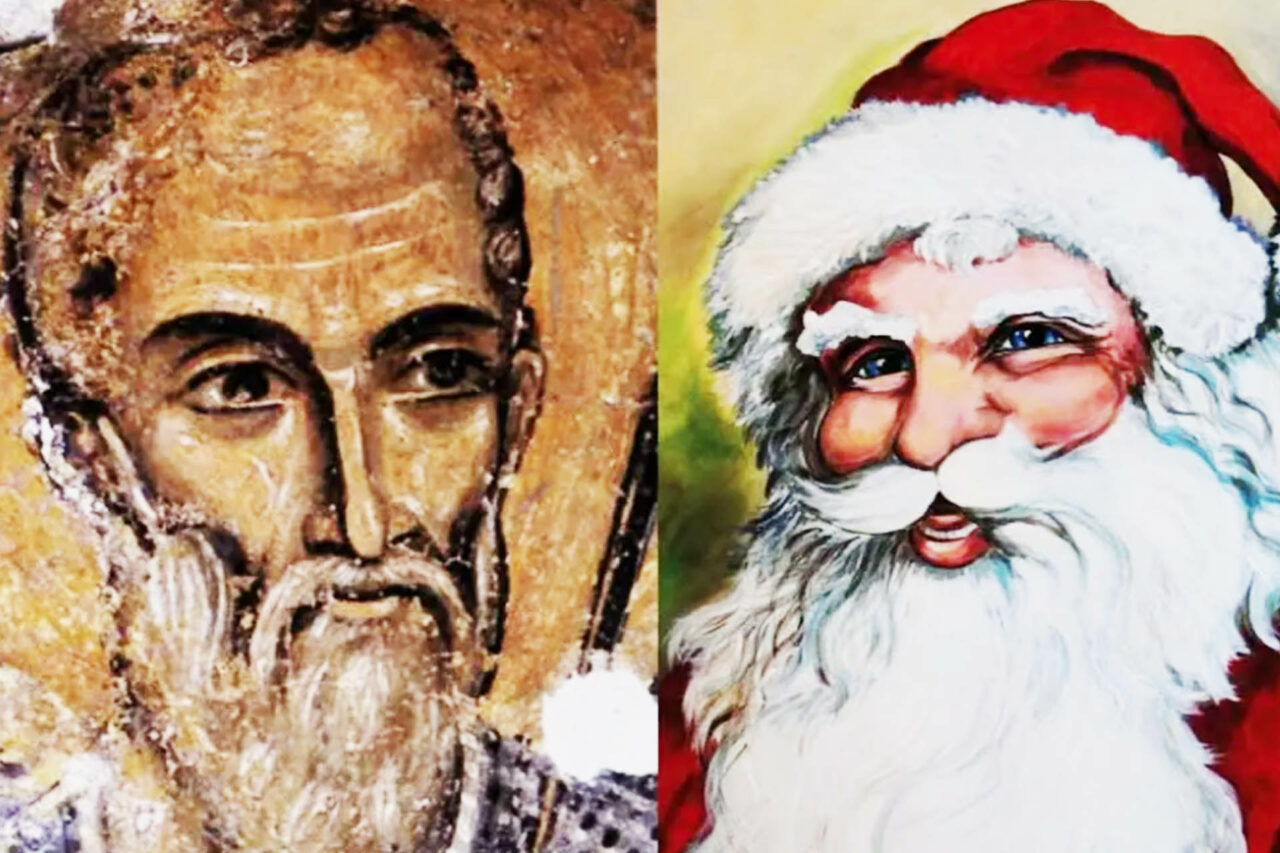Cart
4
Quantity
18,90 €
Quantity
4,00 €
Quantity
5,00 €
Quantity
22,00 €
Product You May Also Like
Payment details
Sub Total
49,90 €
Shipping
Free!
Total
49,90 €
Apply

 Amore DI Puglia Pillow
Amore DI Puglia Pillow
 Hot Pepper Taralli
Hot Pepper Taralli
 Strong Haiku
Strong Haiku
 Olio d'Oliva E.V. 500 cl.
Olio d'Oliva E.V. 500 cl.


















Leave a comment